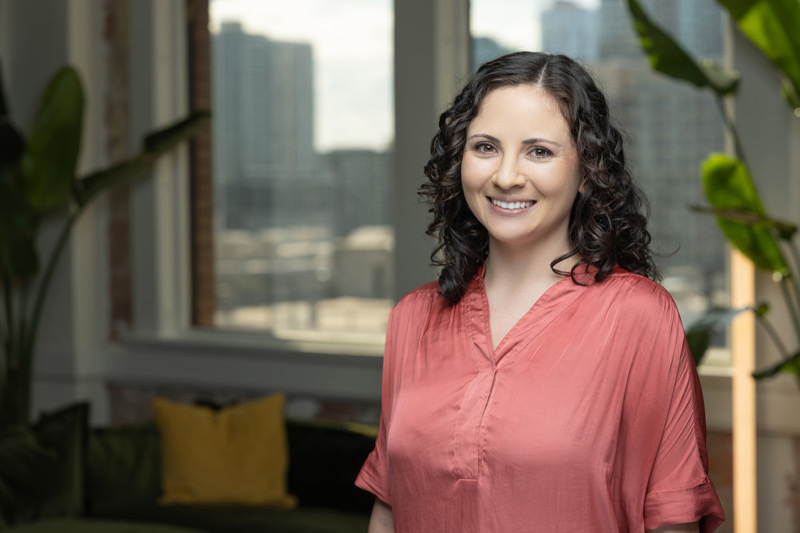
Who Builds AI, and Who Gets Left Behind?
I recently finished Empire of AI by Karen Hao and was moved by its depth and breadth of coverage: from the climate impacts of AI and labor exploitation, to the inner workings of OpenAI. And as I’ve reflected on Hyperfocus AI’s mission and vision, the final chapter particularly resonated. It covered a story about the Māori startup Te Hiku, and how they’re using AI to revive their endangered language on their own terms.[1]
At Hyperfocus AI, we work with founders who are building tools for communities in high-context spaces: spaces where their particular experience, viewpoint, and values are critical. Ms. Hao’s book struck a chord and reminded me why that matters.
Too often, decisions about technology are made in rooms that don’t include the people who are using it. In past roles, I’ve seen it up close: software used primarily by women, but with features decided on by predominantly male executives. Product roadmaps shaped by what would move the company’s bottom line, not by what would meaningfully improve user’s lives. It left me wondering what it would look like to build tools with people’s well-being at the center, not just profit margins.
The Rural Tech Gap, Up Close
Earlier this year, I moved back to my rural hometown on the northern California coast. Nearly three hundred miles north of San Francisco, it’s quiet and beautiful, but like many rural communities, it’s poorly served by modern technology.
Google Maps is wrong half the time. Food delivery apps either aren’t available or are extremely limited. All of this is compounded by the fact that cell service is unreliable, and these apps were not built with that particular use case in mind. These tools weren’t built by folks from this community, and it shows.
Living here has made it clear that when companies are clustered in cities, the products they make reflect that geography. The people left behind are given tools that don’t fit their circumstances, and this disconnect further entrenches existing inequalities.
This isn’t just a rural issue. I saw the same pattern years ago, working in content moderation at TripAdvisor. I spoke fluent German, but when reviews came in from Switzerland or Austria, the dialects and context were different enough to cause real ambiguity. I realized then that even language isn’t enough—true understanding comes from lived experience.
Why Hyperfocus Exists
It was with my lived experience in mind that I co-founded Hyperfocus AI. We partner with early-stage founders who are building in high-context spaces: health, law, local services, underserved geographies, and more. The founders I work with don’t want one-size-fits-all AI models; they want tools that reflect the nuances of their users.
We help them build exactly that. With every project, we work to transfer power back to the people closest to the problem. We bring product clarity, research structure, and technical scaffolding, but the vision is theirs. We’re here to amplify the diversity of each founder’s unique point of view, not erase it.
When tech is shaped by people with local knowledge, lived experience, and deep context, the technology works better. By including more people in the process of creating technology we aim to create less harm, and open the door for use cases that centralized teams would never think to build.
If that’s the future you’re working toward, we’d love to help. Want to learn more? Contact us to start the conversation.
Karen Hao, “A new vision of artificial intelligence for the people”, MIT Technology Review, Massachusetts Institute of Technology, April 22, 2022, https://www.technologyreview.com/2022/04/22/1050394/artificial-intelligence-for-the-people/ ↩


